‘If not now, then when?’: Lower Murray communities urge water release
Farmers and Traditional Owners say what is happening in the ‘Kakadu of Victoria’ should set off alarm bells for water managers.
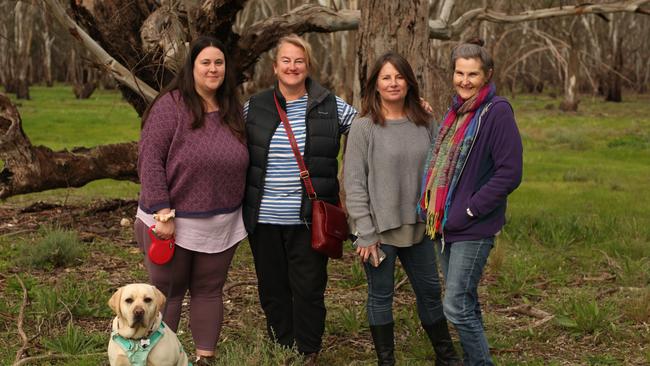
Farmers and Traditional Owners say what is happening in the “Kakadu of Victoria” should set off alarm bells for water managers.
Despite one of the wettest seasons in recent history, forests and lakes in the Swan Hill region have remained dry this year – the sign of what community members say is a glaring failure of the Murray Darling Basin Plan.
Standing near what was once a regularly flowing creek in the Nyah Forest, 68-year-old retired wheat farmer and heavy machinery operator Jack Devereux said the area was almost unrecognisable compared to what he remembered growing up.
“I’ve lived here my whole life. This forest used to flood every year for three to six months,” Mr Devereux said.

As a boy, Mr Devereux would paddle through the area in a boat in search of swan nests. By the time his sons were growing up, there were barely any swan nests to be found. Today, he says it has been years since he has seen one.
For Watti Watti Traditional Owner Marilyne Nicholls, the flood plains and lakes in the Swan Hill area are home to sacred and cultural sites that connect her people to traditions and ceremonies that are thousands of years old.
“(Water management authorities are) upsetting our natural water hydrology. It’s like our history is being further and further erased,” she said.

Nyah is one of nine ecologically significant flood plains in northwest Victoria earmarked for restoration under the Victorian Murray Floodplain Restoration Project.
But community group Friends of Nyah Vinifera and Traditional Owners say government plans to protect the forest by pumping water into it are inadequate and potentially damaging. And while authorities look for solutions, the red gum forests and woodlands have been left to wait as long as 4 years between even minor floods.
Swan Hill Rural City Councillor Nicole McKay said flows in the Murray River were unseasonally low.
“This is the Kakadu of Victoria. And it’s going to be allowed to die if we if we don’t achieve connected flows,” Cr McKay said.
“If the Murray were allowed to run higher at Swan Hill ... we would see it combine with the good flows joining the Murray from the Wakool, the Murrumbidgee and the Darling, and have lower floodplain watering, connecting creeks and lakes that have been over-dry for years,” she said.
Cr McKay said flows of 20,000ML per day at Swan Hill were needed to achieve an environmental benefit. As of Thursday, flows were close to 12,000ML per day.
“If there were higher flows down the Murray now, even for a couple of weeks, we would see a multitude of lakes systems, billabongs and creeks get flows of fresh water, and all of the river bends between Swan Hill and Robinvale, (would) receive a natural inundation. The outcomes would be absolutely phenomenal. It may be many years before we have an opportunity like this one.”
Last week, Swan Hill council voted unanimously to call on environmental water authorities to release a pulse of water to the region to allow it to flood naturally.
In a combined statement, the Department of Agriculture, Water and the Environment, NSW Government and Victorian Government said the agencies were “planning to co-ordinate flows from the Murray and Goulburn valleys again this coming winter-spring.
“The timing, duration and flow height will be dependent on a range of factors, including natural flows and avoiding unintended third party impacts,” a spokesman said.
Constraints projects needed
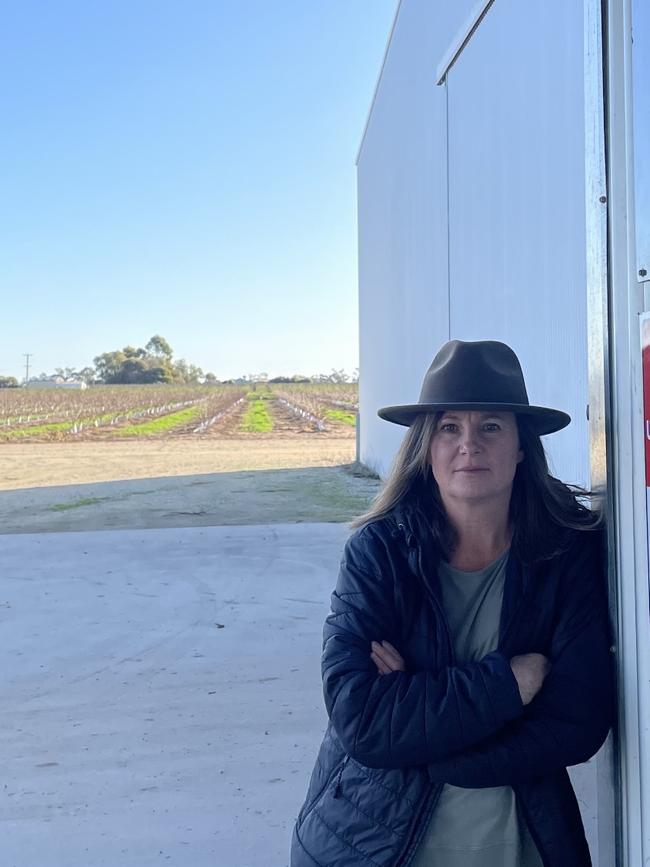
Woorinen stone fruit grower Peta Thornton said the NSW and Victorian governments needed to act to allow natural flows to reach the area.
“If we could relax rules and implement the (constraints) projects to protect third party impacts, we could maximise use of environmental water rather than encourage storage,“ Ms Thornton said.
“Why has neither NSW or Victorian Governments committed to implementing the constraints relaxation projects until 18 months before the Basin Plan was supposed to be reconciled?
“It’s poor form and a major impediment to this landmark policy actually succeeding,” she said.
High risk of spill
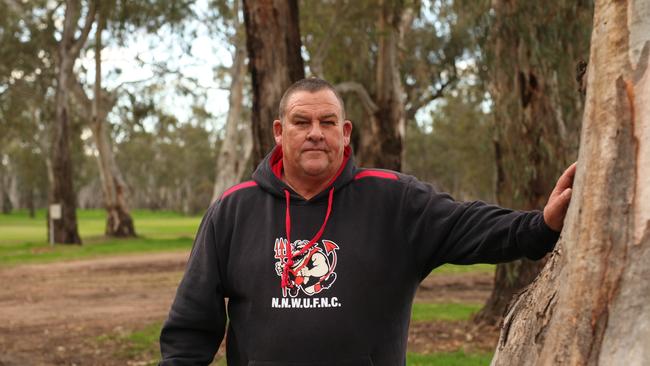
Nyah pistachio and livestock farmer Rod Duffy said as water continued to build up in storage, there was a risk that dams could spill, costing irrigators water.
Mr Duffy said he had lost 60ML in water allocations over the last 12 months when upstream water storages spilt.
More water should be released as managed environmental flows into areas like the Nyah Vinifera Forest to reduce the amount in storage, he said.
“All of that (spilt) water was basically donated to the river. It if was managed and put together with environmental water, you could get water into these places,” he said.
As of this week, both the Hume and Dartmouth dams were near 95 per cent capacity and the Murray Darling Basin Authority said there was an “increased risk of flooding”.
Cracks and sinkholes forming
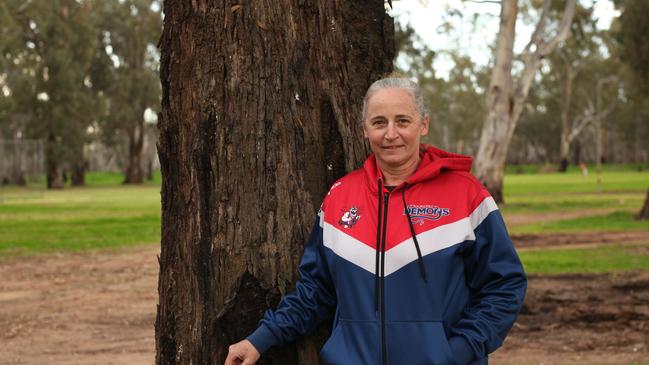
Koraleigh livestock farmer Cassie Andrews, who runs sheep and cattle on a property near Lake Wollare, said long dry periods in recent years followed by periodic flows had caused cracks and sinkholes to open up on her property.
“Because it’s getting dry, wet, dry, wet, dry, wet. It’s literally just making holes everywhere.
“If cattle are running and they fall down a sinkhole they could break their legs. It’s also dangerous for us driving on a tractor. If I’m driving along through grass I can hit a sinkhole and the whole front of the tractor can go into the hole,” she said.

Water brings business to community
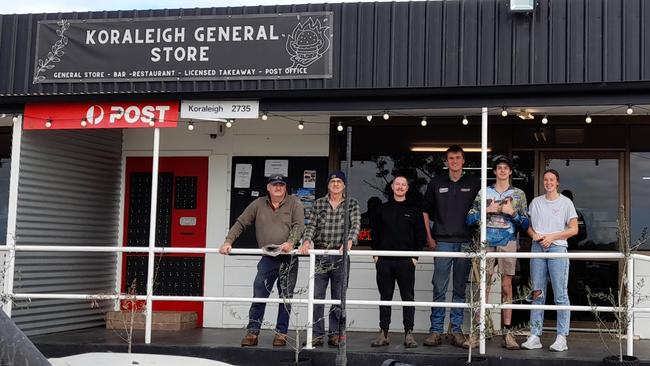
Livestock farmer Greg Ogle, who runs sheep near Lake Poomah on the Koraleigh chain of lakes, said water in the lakes is important not just for the environment, but for the community as well.
“The local community suffers because the lack of recreational opportunities. When water was held in the lakes for longer, many people used the lakes for boating, water skiing, picnicking, et cetera,” Mr Ogle said.
“The local businesses are suffering due to lost business.”





